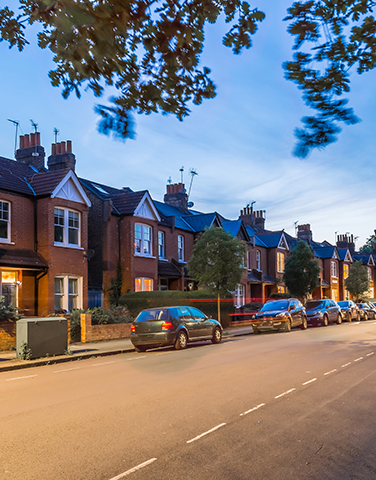
Update: Clarification from HMRC in relation to VAT in dilapidation settlement agreements
A dilapidation payment represents a claim for damages by the landlord against the tenant’s ‘want of repair’. Broadly they exist to ensure landlords are not out of pocket if buildings are not returned in the agreed condition at the end of a lease.
In October 2020, we reported that HMRC had indicated a change in its policy on the treatment of VAT in respect of leasehold break penalties/early termination fees.
Last week, HMRC published RCB 2 (2022) regarding VAT early termination fees and compensation payments, taking effect from 1 April 2022. The revised policy largely excludes dilapidations arrangements and states dilapidations payments will remain outside the scope of VAT.
The policy sets out that a lease creates the obligation for a tenant to make dilapidation payments, but this payment obligation is not inevitable and depends on the condition the tenant returns the premises. Where a tenant has exceeded the wear and tear that might reasonably be expected during the period of the lease, the purpose of the dilapidations payment is to rectify the damage rather than for the tenant’s use of the premises. As this is beyond what the landlord agreed the tenant could use the premises for at the point the lease was granted, there is not a sufficient supply link between the payment and service(s) the landlord originally agreed to provide under the lease. The payment involved in not the consideration for a supply for VAT purposes and is outside the scope of VAT.
The policy states HMRC might depart from this position on dilapidations arrangements if in individual cases HMRC find evidence of value shifting from rent to dilapidation payment to avoid accounting for VAT.
Read the updated policy guidance concerning dilapidations payments.
Talk to us about
Related services
Related sectors





 Download PDF
Download PDF










